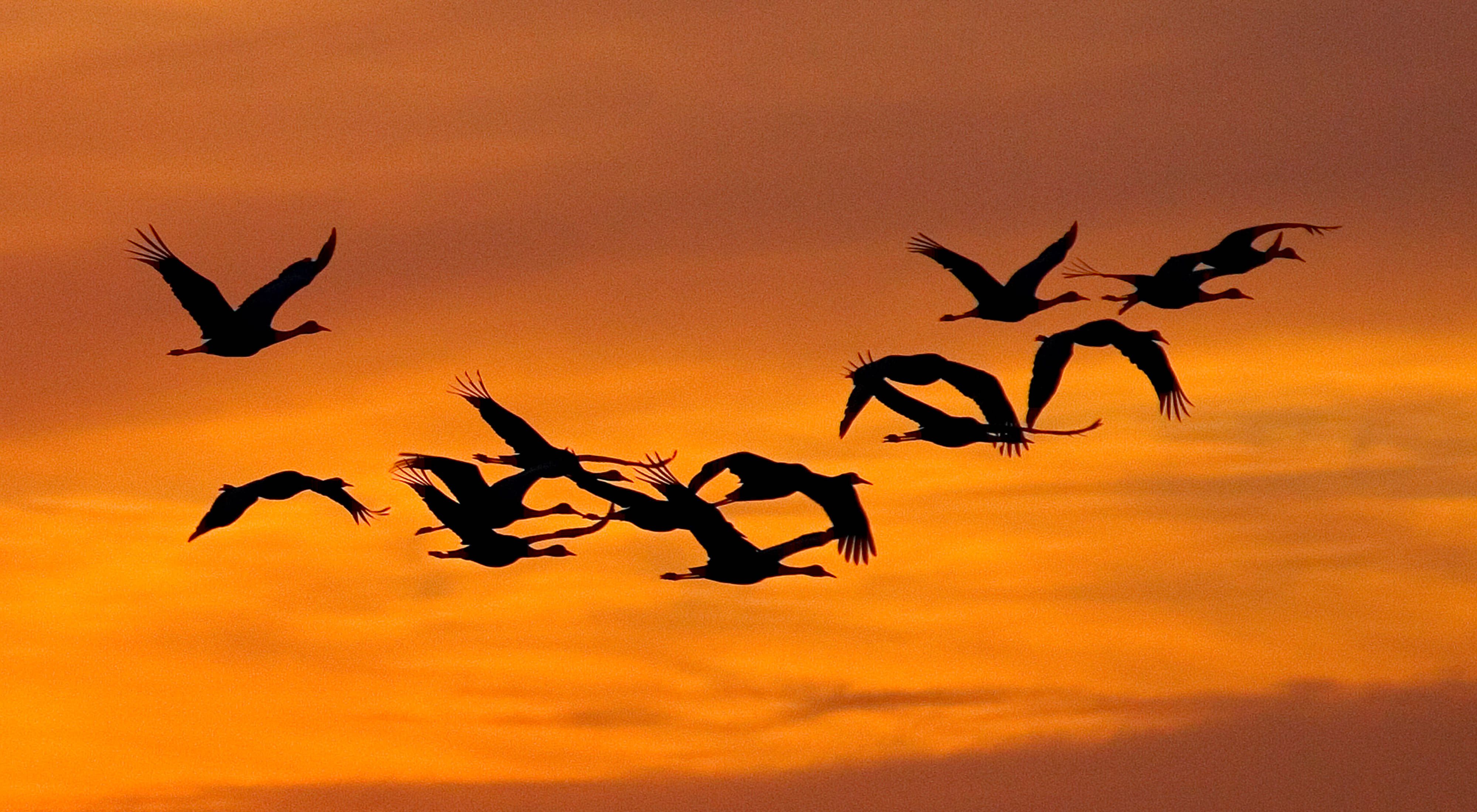Description
Twin Valley Prairie is a butterfly-watcher’s dream. Twenty-seven species of butterflies flutter among the preserve's diverse wildflower population. The preserve originally supported the Dakota skipper butterfly, a now federally threatened species, but it has not been documented here in recent years. The preserve’s 170 species of plants attract a diversity of life, making Twin Valley an ecological treasure.
The greater prairie chicken, which once faced extinction in the state, also calls this prairie home. Other rare animal species found here include the sandhill crane, marbled godwit, upland sandpiper and the prairie vole.
In all, this land is home to 39 bird species, six mammal species and four amphibian species.
Why TNC Selected This Site
This high-quality prairie is part of a larger complex of private and state-owned land that forms a major hotspot for biodiversity within the Agassiz Beach Ridges landscape. Located in the center of the landscape, Twin Valley Prairie SNA serves as an important staging area for sandhill cranes. Additionally, this site was selected because it contains many of the plant communities found in abundance prior to agricultural expansion in northwestern Minnesota. The site has a narrow band of dry prairie only yards away from bulrush and cattail marshes, meeting the habitat needs of a wide variety of plant, insect and bird species.
What TNC Has Done/Is Doing
Over the last five years, TNC has reclaimed a former gravel pit, reseeded a portion of the preserve that was formerly farmed to native prairie species and removed numerous mature trees. The tree rows reduced the site’s value to grassland nesting birds. Tree rows in the midst of open prairie provide habitat for predators such as raccoons, skunks and birds of prey, which can diminish the ability of grassland birds to successfully nest. Many of these grassland birds, such as prairie chickens and upland sandpipers, select areas of open grassland, avoiding areas with mature trees when building their nests.
